Beta-Pinene (Natural) – High-Purity Aroma Compound
$11.00 – $42.00
General Information
- Product Name: Beta-Pinene (Natural)
- Synonyms: β-Pinene, 6,6-Dimethyl-2-methylene-bicyclo[3.1.1]heptane
- CAS Number: 127-91-3
- Molecular Formula: C₁₀H₁₆
- Molecular Weight: 136.23 g/mol
- Source: Natural extraction from pine trees and other plant-based essential oils
Physical Properties
- Appearance: Clear, colorless liquid
- Odor: Fresh, woody, pine-like aroma
- Purity: ≥98%
- Density: 0.87–0.89 g/cm³ at 20°C
- Refractive Index: 1.476–1.482 at 20°C
- Boiling Point: 165–167°C
- Melting Point: -55°C
- Flash Point: 36°C (97°F), closed cup
- Vapor Pressure: 4.8 mmHg at 25°C
- Solubility:
- Insoluble in water
- Soluble in alcohols, essential oils, and most organic solvents
Chemical Properties
- Structure: Monoterpene hydrocarbon
- Optical Rotation: -20° to -30° (depending on source)
- Stability: Stable under normal conditions when stored correctly. Reacts with oxygen over time, which may lead to resin formation.
Description
Beta-Pinene (Natural) is a high-purity, plant-derived aroma compound known for its fresh, woody, and pine-like fragrance. As a natural monoterpene, it is widely used in the fragrance, flavor, and industrial sectors due to its versatility and pleasant aromatic properties.
Applications for Beta-Pinene (Natural) – High-Purity Aroma Compound
Fragrance Industry
- Perfume Formulations: Adds a fresh, pine-like top note to perfumes and colognes.
- Air Fresheners: Used in sprays, diffusers, and candles for a natural, clean scent.
- Household Products: Incorporated into detergents, soaps, and cleaning products to provide a refreshing aroma.
Flavor Industry
- Food Flavoring: Imparts subtle pine and herbal notes to beverages, chewing gum, and candies.
- Natural Additive: Used in food-grade applications for flavor balancing and enhancement.
Pharmaceuticals
- Active Intermediate: Acts as a starting material in the synthesis of camphor, terpineol, and other pharmaceutical ingredients.
- Anti-Inflammatory: Used in natural remedies for its potential anti-inflammatory and antimicrobial properties.
- Respiratory Aids: Included in natural cough and cold preparations due to its aromatic properties.
Industrial Applications
- Solvent and Chemical Intermediate: Used in the production of resins, adhesives, and synthetic materials.
- Manufacturing of Terpenes: Key raw material for producing various terpene derivatives like limonene and menthol.
Cosmetics and Personal Care
- Skincare and Haircare Products: Added for its natural scent and potential antimicrobial benefits.
- Essential Oil Blends: Commonly used in aromatherapy blends for relaxation and air purification.
- Soaps and Lotions: Provides a clean, refreshing pine aroma in bath and body care formulations.
Agriculture
- Pesticides and Repellents: Acts as a natural component in eco-friendly insecticides and pest control products.
- Plant Growth Regulators: Used in agricultural formulations to promote healthy plant growth.
Aromatherapy
- Relaxation and Stress Relief: The fresh, clean aroma of Beta-Pinene blends well with essential oils like eucalyptus, lavender, and citrus for calming effects.
- Air Purification: Naturally deodorizes and freshens indoor spaces.
Paints, Coatings, and Adhesives
- Additive in Coatings: Improves the performance and stability of industrial paints and varnishes.
- Adhesive Production: A raw material for creating high-quality adhesives and sealants.
Storage Instructions:
- Temperature: Store in a cool, dry place at temperatures between 5°C and 25°C (41°F–77°F).
- Avoid Heat and Flames: Keep away from heat sources, open flames, and direct sunlight, as Beta-Pinene is flammable.
- Sealing: Ensure the container is tightly sealed when not in use to prevent oxidation and evaporation.
- Ventilation: Store in a well-ventilated area to avoid vapor buildup.
- Container Material: Use original chemical-resistant containers, ideally glass or HDPE bottles, to preserve quality.
Handling Instructions:
- Personal Protective Equipment (PPE):
- Wear protective gloves, safety goggles, and appropriate clothing to avoid skin and eye contact.
- Use a respirator if working in poorly ventilated areas or with large quantities.
- Ventilation:
- Handle in a well-ventilated area or under a fume hood to minimize exposure to vapors.
- Precautions:
- Avoid inhaling vapors or mist.
- Prevent contact with skin, eyes, and clothing.
- Use non-sparking tools and equipment when transferring or handling Beta-Pinene.
- Spill Management:
- In case of spills, use absorbent materials (e.g., sand, vermiculite) to clean up immediately.
- Dispose of contaminated materials in accordance with local regulations.
- Ventilate the area thoroughly after cleanup.
- First Aid Measures:
- Skin Contact: Wash immediately with soap and plenty of water. Remove contaminated clothing.
- Eye Contact: Rinse with water for at least 15 minutes and seek medical attention if irritation persists.
- Inhalation: Move to fresh air immediately. Seek medical assistance if breathing becomes difficult.
- Ingestion: Rinse mouth thoroughly and seek medical advice
Disposal:
Dispose of Beta-Pinene and contaminated containers in accordance with local, state, and federal regulations. Avoid releasing it into the environment.
Additional information
| Size | 30mL (1 Fl Oz), 100mL (3.3 Fl Oz), 250mL (8 Fl Oz), 500mL (16 Fl oz), 1000mL (32 Fl Oz) |
|---|
Be the first to review “Beta-Pinene (Natural) – High-Purity Aroma Compound” Cancel reply
Related products
-
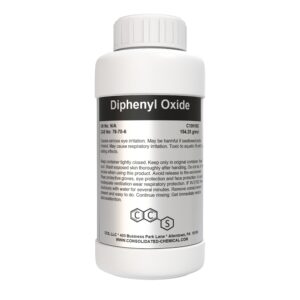
Diphenyl Oxide (Diphenyl Ether) | Chemical & Fragrance Ingredient
$12.00 – $49.99 Select options This product has multiple variants. The options may be chosen on the product page -
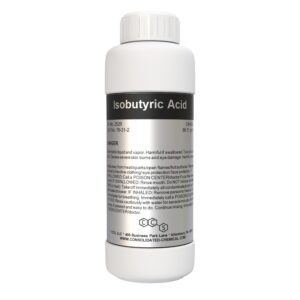
Isobutyric Acid | Food & Fragrance Grade
$12.00 – $18.00 Select options This product has multiple variants. The options may be chosen on the product page -
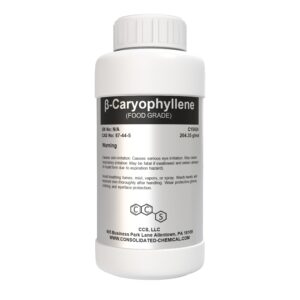
Beta-Caryophyllene (Food Grade) – High Purity Aroma Compound
$9.99 – $52.00 Select options This product has multiple variants. The options may be chosen on the product page -
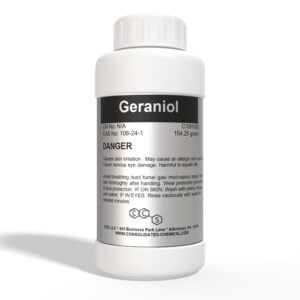
Geraniol | High-Purity Fragrance/Aroma Compound
$9.99 – $800.00 Select options This product has multiple variants. The options may be chosen on the product page
SKU: N/A
Categories: Flavoring Agent, Food Additive, Fragrance Chemical, Fragrances & Aromas (15), Pesticide, Solvents (3)
Tags: Beta-pinene, beta-pinene Alibaba, beta-pinene Amazon, beta-pinene anti-inflammatory, beta-pinene antibacterial, beta-pinene antifungal, beta-pinene antimicrobial, beta-pinene antioxidant, beta-pinene antiviral, Beta-Pinene Aroma Compound, beta-pinene as a solvent, beta-pinene B2B marketplace, beta-pinene bicyclic monoterpene, beta-pinene biodegradable, beta-pinene bulk, beta-pinene CAS 127-91-3, beta-pinene chemical, beta-pinene competitive pricing, beta-pinene cosmetic-grade, beta-pinene custom formulations, beta-pinene demand, beta-pinene distributor, beta-pinene e-commerce, beta-pinene eBay, beta-pinene eco-friendly, beta-pinene emerging applications, Beta-Pinene Essential Oil, beta-pinene extended stability, beta-pinene fine fragrance, beta-pinene flea control, beta-pinene food additive, beta-pinene food-grade, Beta-Pinene for Agricultural Use, Beta-Pinene for Air Fresheners, Beta-Pinene for Aromatherapy, Beta-Pinene for Candle Making, Beta-Pinene for Cleaning Products, Beta-Pinene for Cleaning Solutions, Beta-Pinene for Cosmetics, Beta-Pinene for Food Flavoring, Beta-Pinene for Fragrances, Beta-Pinene for Insect Repellents, Beta-Pinene for Paints and Coatings, Beta-Pinene for Perfume Making, Beta-Pinene for Pharmaceuticals, beta-pinene for relaxation, Beta-Pinene for Resins and Adhesives, beta-pinene fragrance, Beta-Pinene Fragrance Ingredient, beta-pinene fragrance-grade, beta-pinene fresh fragrance, beta-pinene GHS classification, beta-pinene global market, beta-pinene handling, beta-pinene herbal note, beta-pinene high-performance compound, beta-pinene high-purity, beta-pinene import export, beta-pinene in adhesives, beta-pinene in agriculture, beta-pinene in air fresheners, beta-pinene in animal feed, beta-pinene in aquaculture, beta-pinene in aromatherapy, beta-pinene in bakery products, beta-pinene in bath products, beta-pinene in beverages, beta-pinene in biofuels, beta-pinene in body sprays, beta-pinene in body wash, beta-pinene in candies, beta-pinene in candles, beta-pinene in chemical synthesis, beta-pinene in chewing gum, beta-pinene in citrus oils, beta-pinene in coatings, beta-pinene in colognes, beta-pinene in conditioners, beta-pinene in confectionery, beta-pinene in cosmetics, beta-pinene in creams, beta-pinene in dairy products, beta-pinene in dental care, beta-pinene in deodorants, beta-pinene in diffusers, beta-pinene in drug formulations, beta-pinene in eucalyptus oil, beta-pinene in excipients, beta-pinene in flavored water, beta-pinene in frankincense oil, beta-pinene in green chemistry, beta-pinene in hair care, beta-pinene in hand sanitizers, beta-pinene in herbicides, beta-pinene in holistic health, beta-pinene in home fragrance, beta-pinene in incense, beta-pinene in insecticides, beta-pinene in lip balms, beta-pinene in livestock health, beta-pinene in lotions, beta-pinene in makeup, beta-pinene in moisturizers, beta-pinene in mouthwash, beta-pinene in organic synthesis, beta-pinene in personal care, beta-pinene in pesticides, beta-pinene in pet food, beta-pinene in pharmaceuticals, beta-pinene in pine oil, beta-pinene in plastics, beta-pinene in polymers, beta-pinene in resins, beta-pinene in rosemary oil, beta-pinene in seasonings, beta-pinene in serums, beta-pinene in shampoos, beta-pinene in skincare, beta-pinene in soaps, beta-pinene in spice blends, beta-pinene in sunscreens, beta-pinene in syrups, beta-pinene in toothpaste, beta-pinene in traditional medicine, beta-pinene in turpentine oil, beta-pinene in wellness products, Beta-Pinene Industrial Applications, beta-pinene industrial supply, beta-pinene industrial-grade, beta-pinene industry trends, beta-pinene innovations, beta-pinene insect repellent, beta-pinene IUPAC name, beta-pinene long shelf life, beta-pinene manufacturer, beta-pinene market growth, beta-pinene medicinal benefits, beta-pinene molecular formula, beta-pinene molecular weight, Beta-Pinene Monoterpene, beta-pinene mosquito repellent, beta-pinene MSDS, beta-pinene natural, beta-pinene natural compound, beta-pinene natural flavoring, Beta-Pinene Natural Scent, beta-pinene online ordering, beta-pinene oxidation resistance, beta-pinene perfume ingredient, beta-pinene pharmaceutical-grade, beta-pinene pine aroma, beta-pinene price, beta-pinene procurement, beta-pinene raw material, beta-pinene REACH compliance, beta-pinene regulatory compliance, beta-pinene safety data, beta-pinene SDS, Beta-Pinene Solvent, beta-pinene sourcing, beta-pinene storage, beta-pinene supplier, beta-pinene sustainable, beta-pinene synonyms, beta-pinene terpene, beta-pinene tick control, beta-pinene trade, beta-pinene transportation, beta-pinene Walmart, beta-pinene wholesale, beta-pinene woody scent, Bulk Beta-Pinene Supplier, Buy Beta-Pinene Online, Food-Grade Beta-Pinene, High-Purity Beta-Pinene, High-Quality Beta-Pinene, Industrial-Grade Beta-Pinene, Natural Beta-Pinene, Natural Pine Scent, Natural Terpene Beta-Pinene, Nopinene, pine oil, Pinene, Pseudopinene, Woody Pine Fragrance


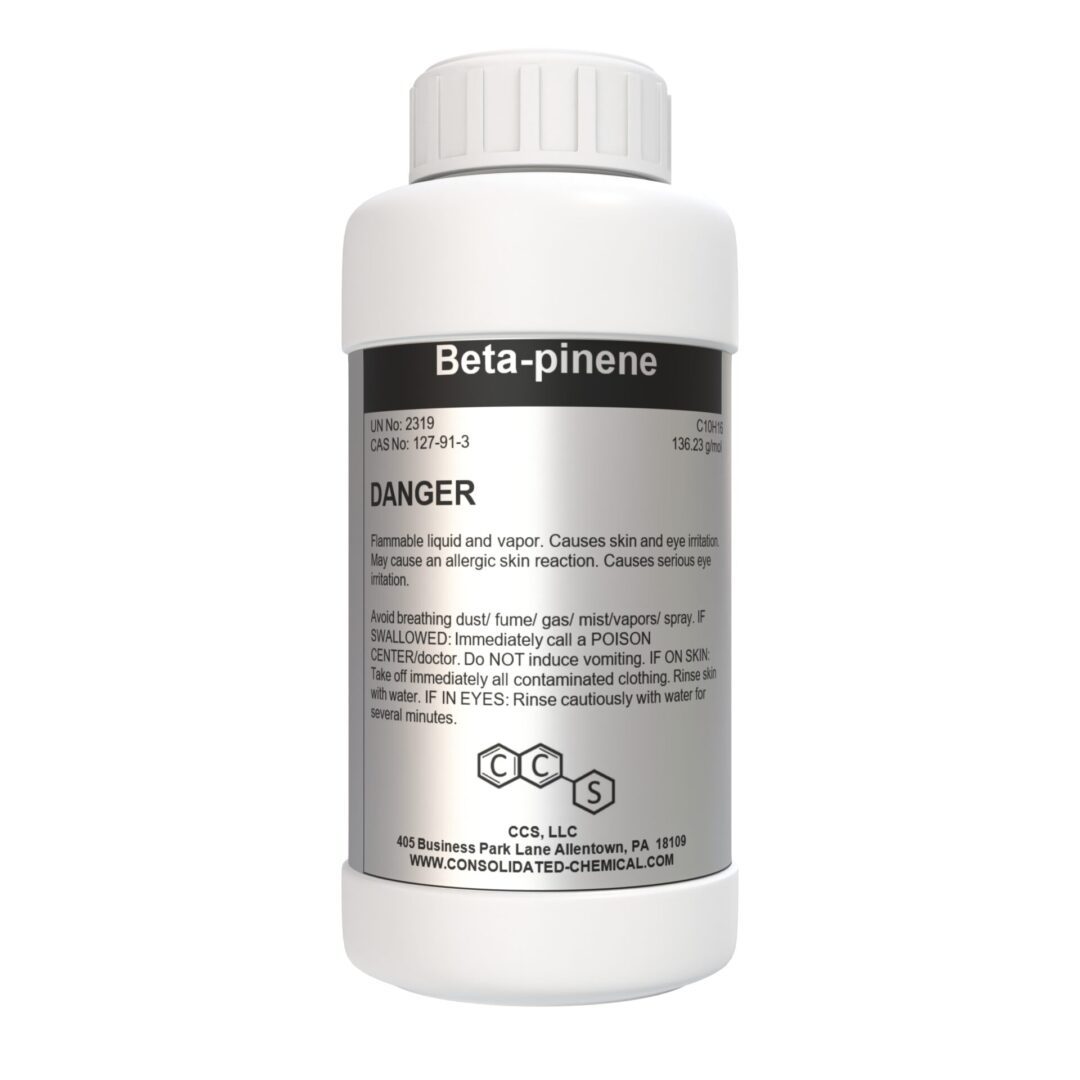
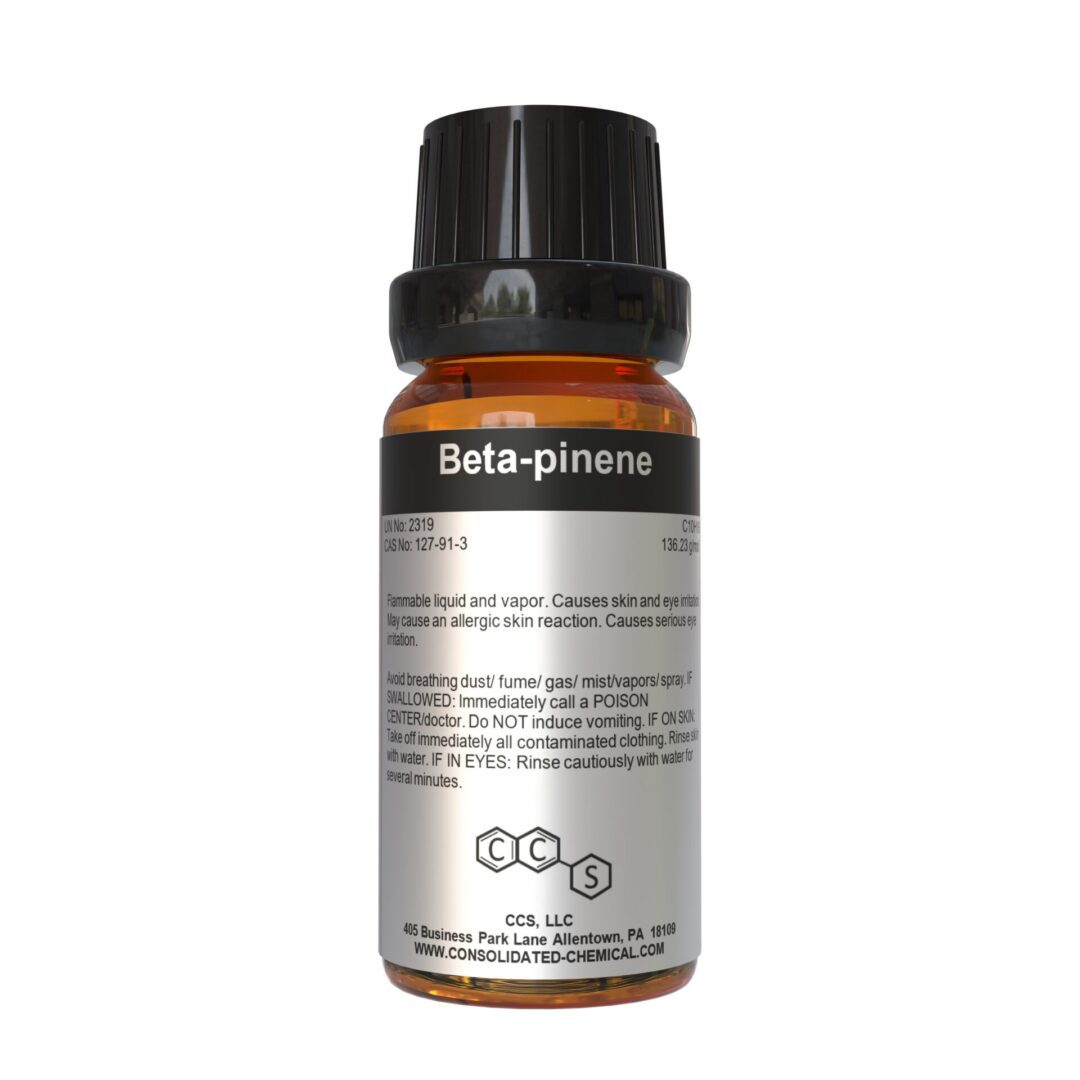
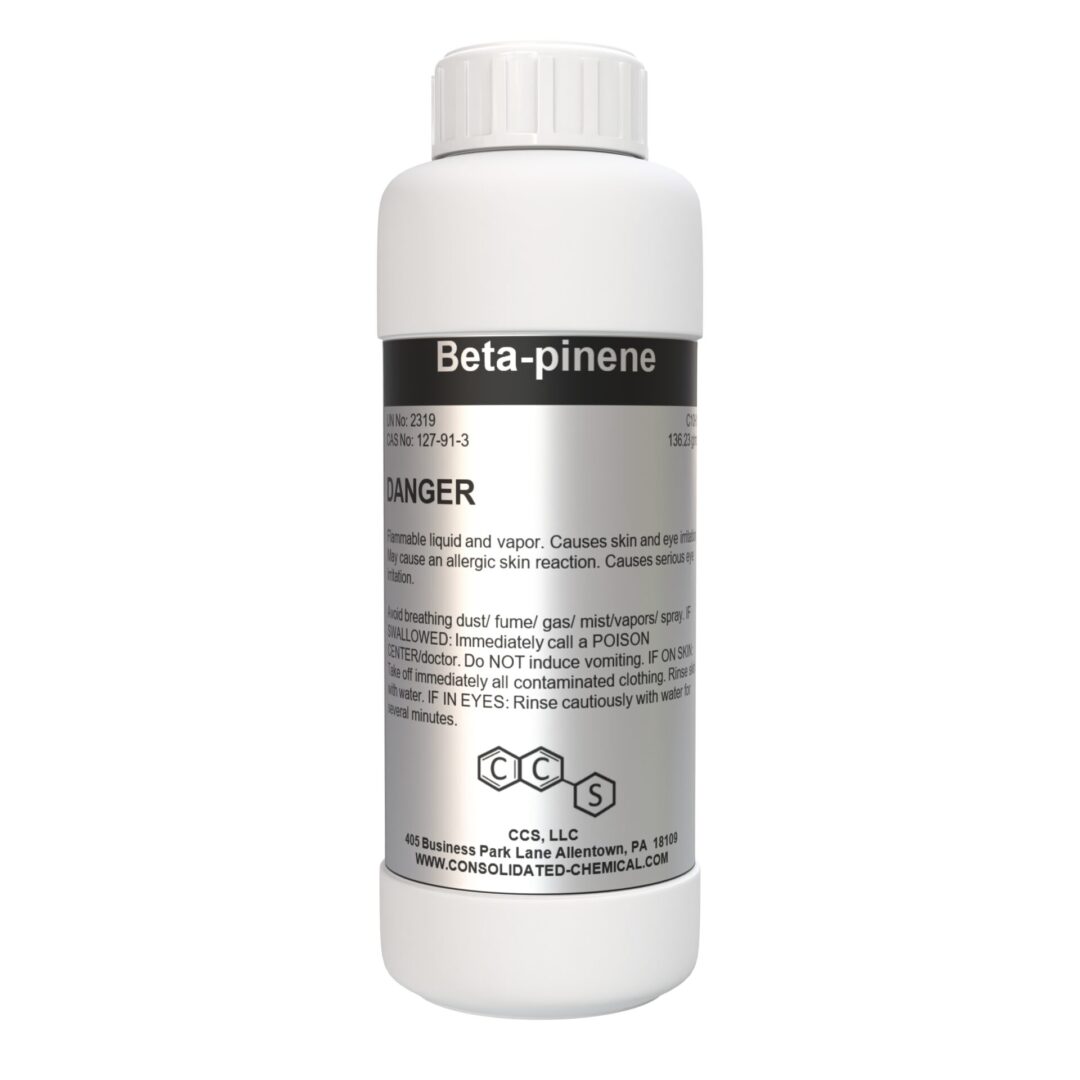
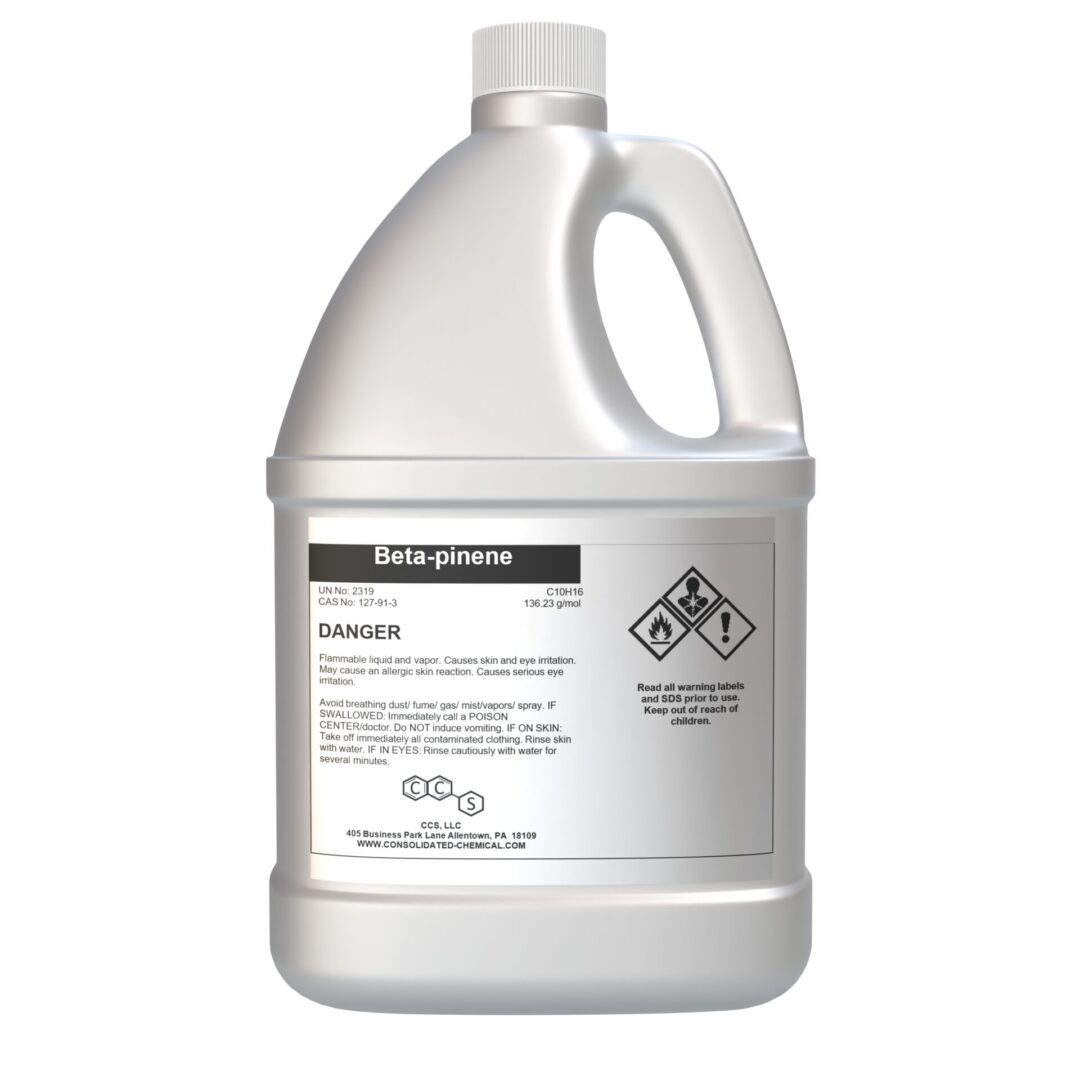
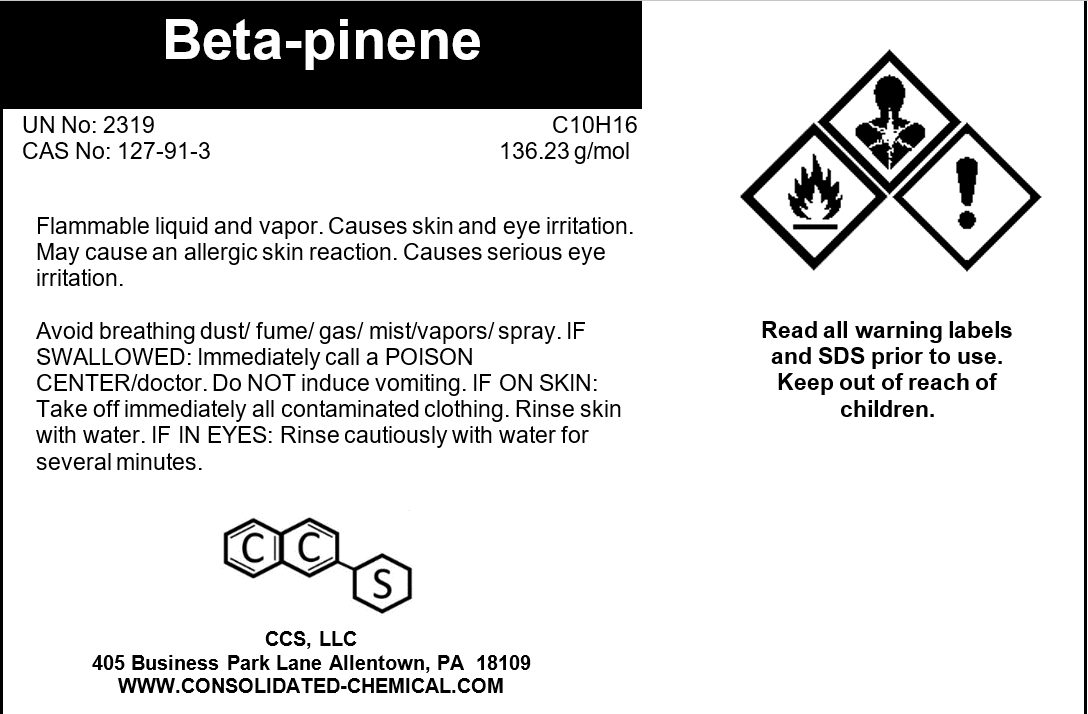
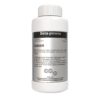
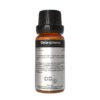
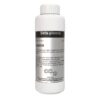
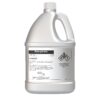
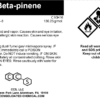
Reviews
There are no reviews yet.